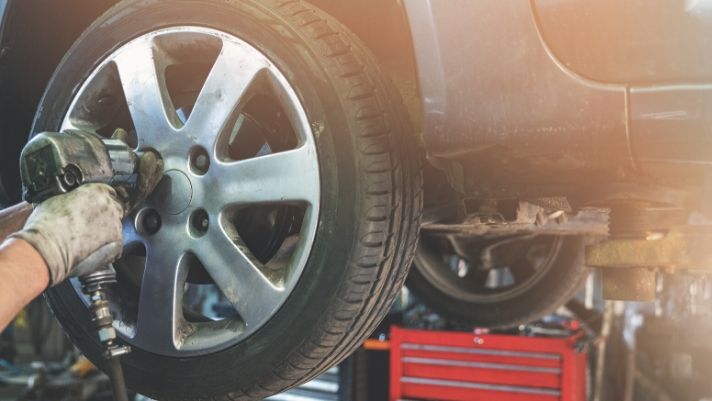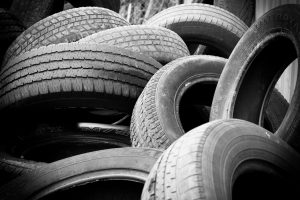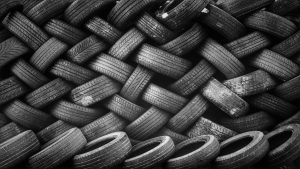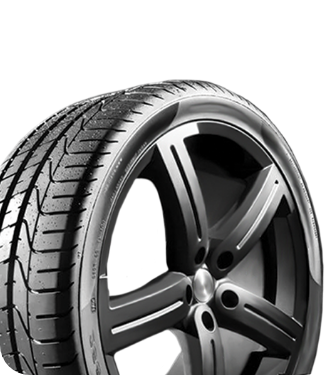

Different Types of Tire Rotation Patterns
Tires |The various forces on your car affect how your tires wear over time, and this wear is always uneven. When your tires wear unevenly, you increase your risk of a flat or blowout as tires continue to sustain wear in already-weak places. That’s why you should routinely rotate your tires. There are several different tire rotation patterns to consider depending on your car and tire properties. Learn more about your tire rotation options by reading our brief guide.
Directional Tires
It’s helpful to split tires into two categories: directional and nondirectional tires. Directional tires have fewer rotation options because you must orient them to take advantage of their directionality. Directional tires have a V-shaped tread, and this V pushes roadway water away from the center of the tire. The advantage of this is better control, particularly in wet weather.
Front-to-Back
Directional tires cannot switch to different sides of your car because that would invert the direction they face and negate their benefits. For this reason, you can only rotate directional tires by bringing front tires to the rear and moving rear tires to the front. This maintains directionality while evening out future wear.
Nondirectional
Meanwhile, nondirectional tires have many more rotation options because you can move tires to either side of the car without worrying about compromising performance. The variable to pay attention to is your car’s drivetrain, or where the engine delivers the most force.
Forward Cross
The forward cross is a tire rotation type best for two-wheel-drive cars. In the forward cross, the rear tires move forward and switch to the other side of the car. At the same time, the front tires move to the rear without switching sides. The goal of moving the left and right rear tire up and to the other side is to immediately vary and accommodate heavier future wear compared to past wear on the other side. This is necessary because the different sides of the car wear differently.
Rearward Cross
A similar principle applies to rear- and four-wheel drive cars. A rearward cross, best for these cars, involves bringing rear tires to the front on the same side and then crossing the current front tires to the opposite side in the rear. Like the forward cross, this varies wear as much as possible by accounting for heavier engine forces on front tires and the unequal wear on the different sides of the car. The forward and rearward crosses also ensure tire use in all four tire positions, which maximizes their life by changing up their wear patterns before serious damage develops in one area. If you’re looking for tires in Moore, OK, consider getting in touch with RNR Tire Express. We’re a trusted local tire shop that specializes in many kinds of tire services, including tire rotations.





